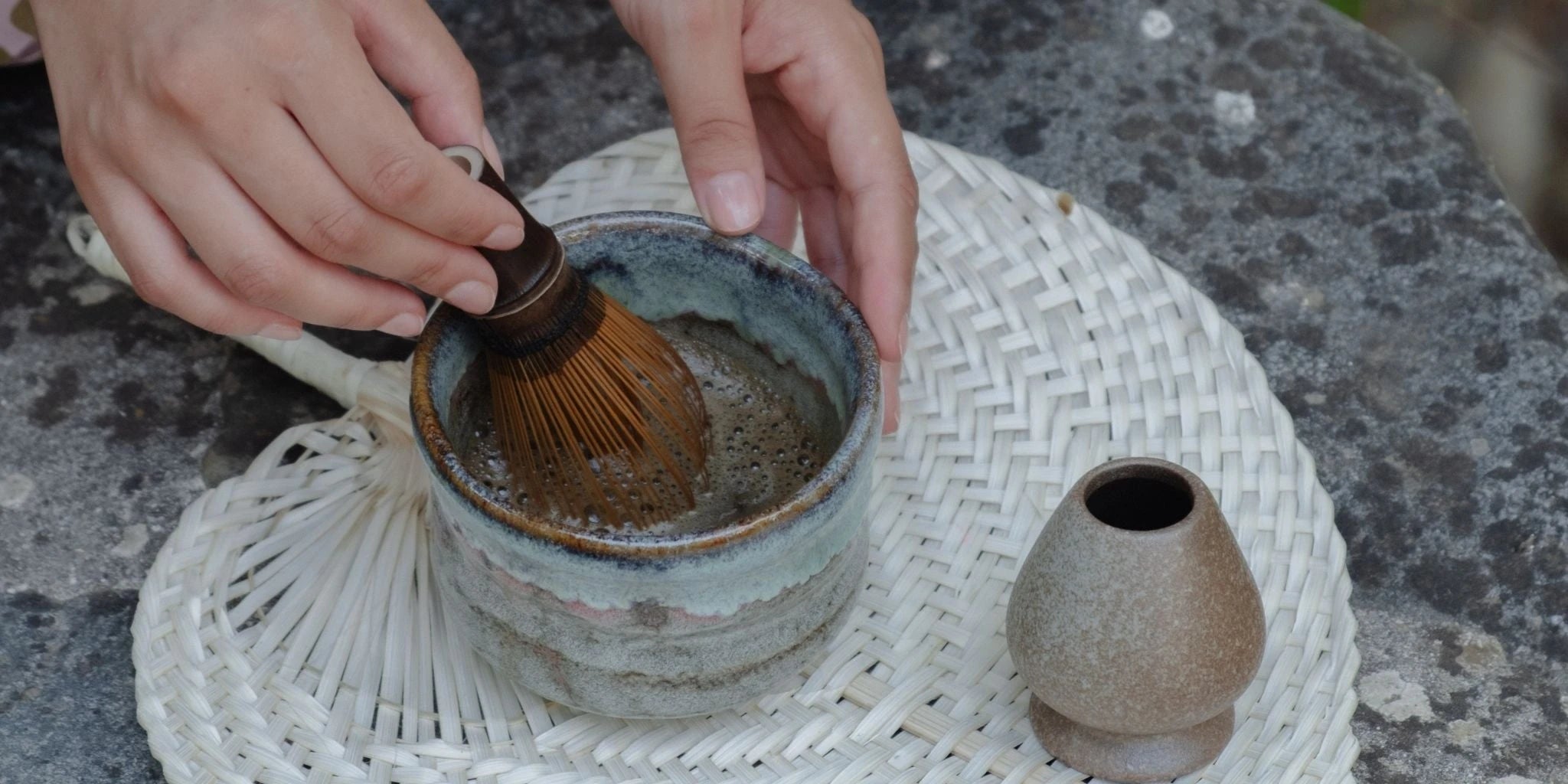TEA BLOG
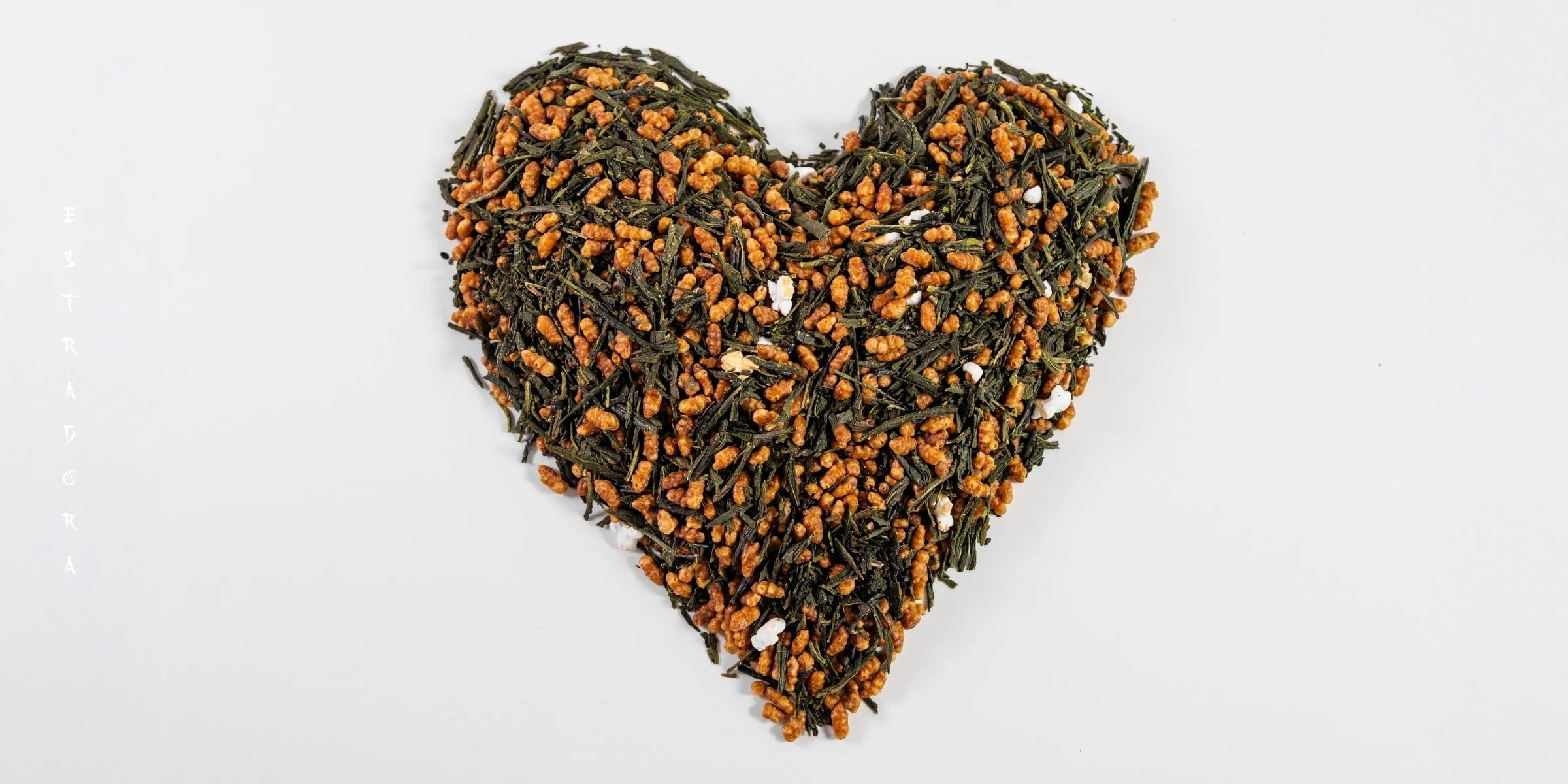
Japanese Genmaicha Green Tea - Loose Leaf with Roasted Mochi Rice
What is Genmaicha? Genmaicha (玄米茶) is a traditional Japanese tea made from loose-leaf green tea (usually Sencha or Bancha) blended with roasted mochi rice. During roasting, the rice releases a warm...
Read more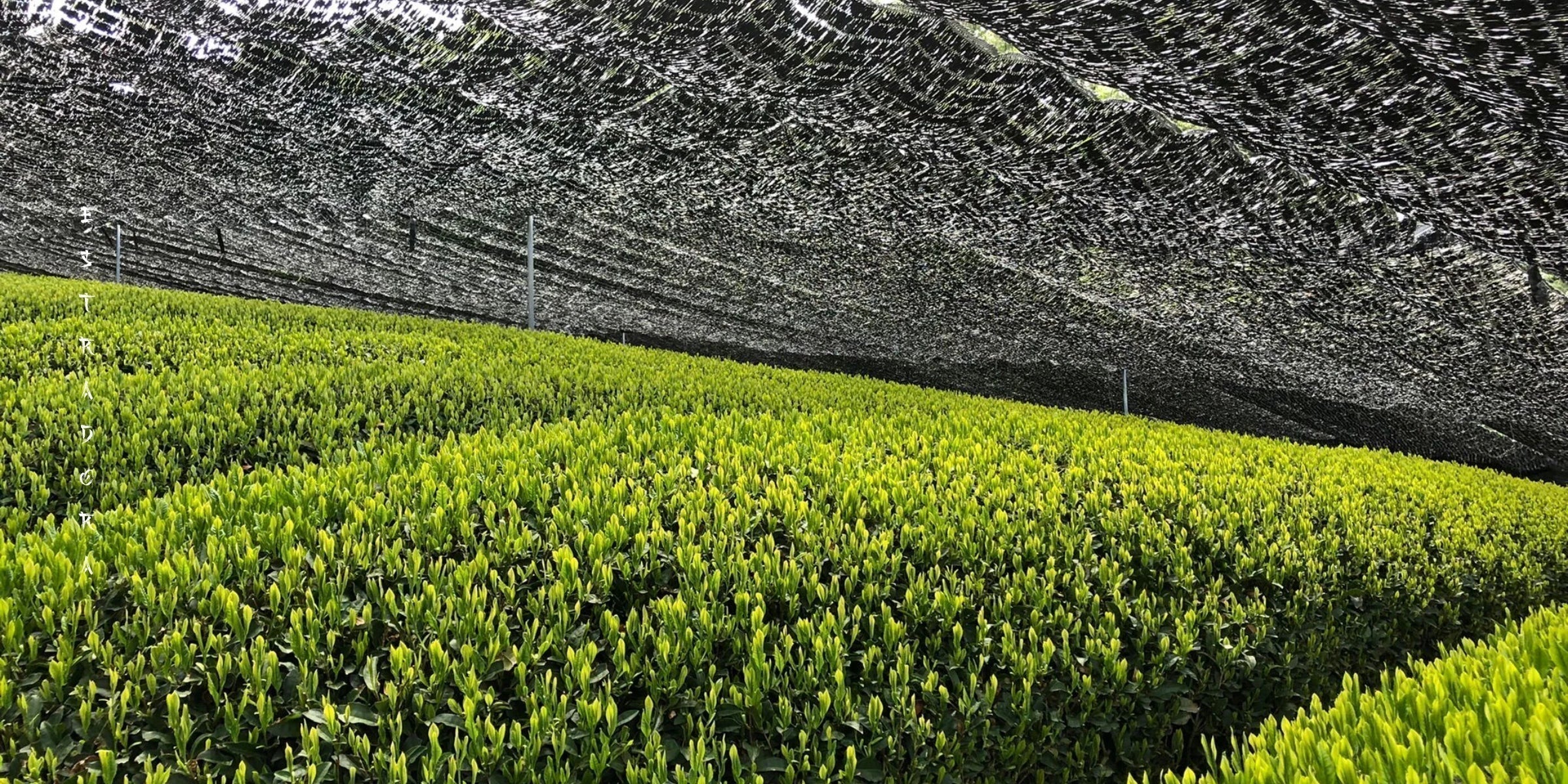
How Matcha Is Made: Matcha Processing Process & Production Steps
Matcha is the result of many small, deliberate steps. Every stage in its production - cultivation, steaming, drying, and grinding - influences the final balance of flavor and color. The methods use...
Read more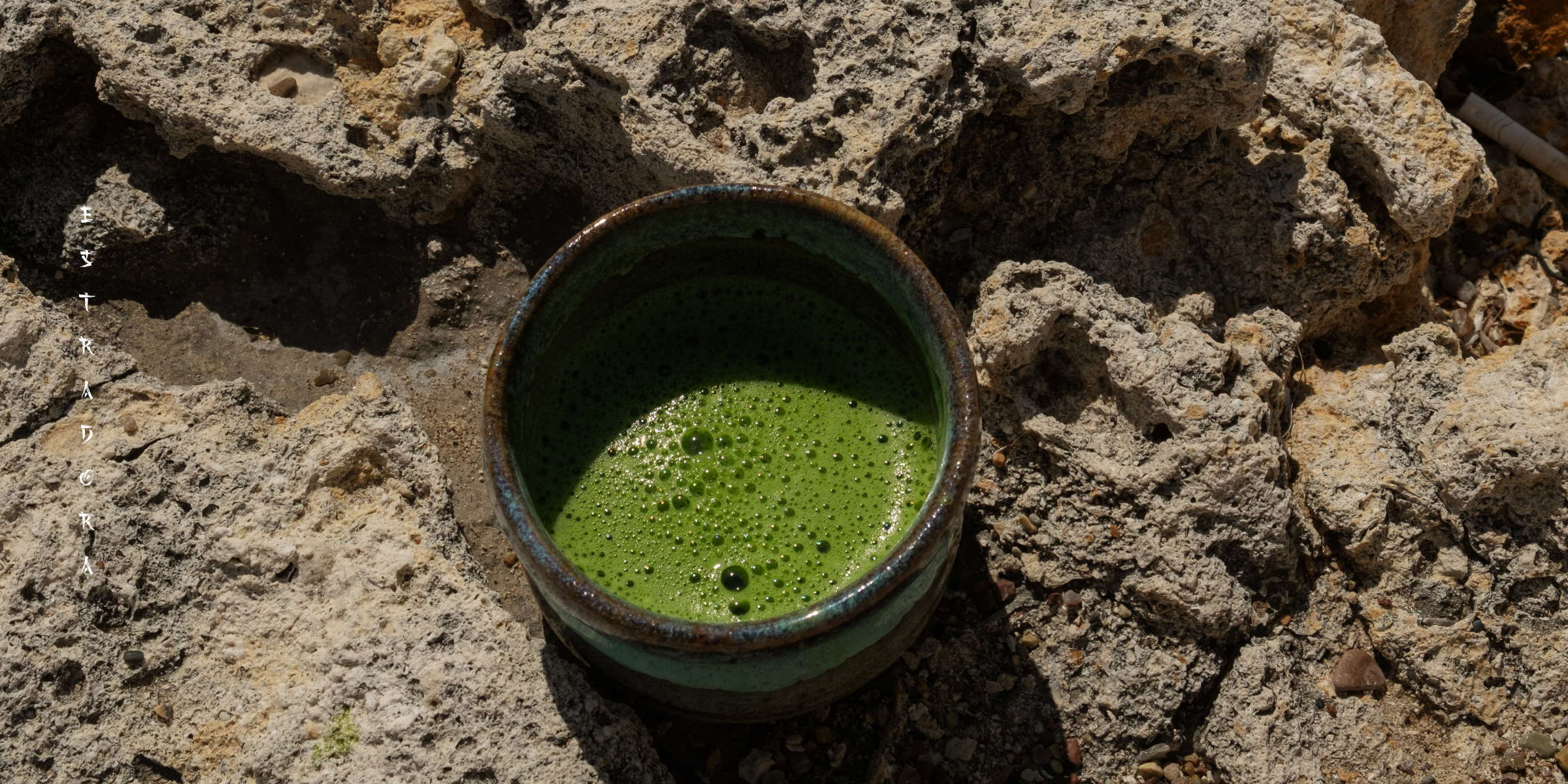
Matcha and Iron: Science, Balance, and Benefits
Matcha has been part of Japanese tradition for centuries, valued not only for its antioxidants but also for the calm ritual of preparation and the clarity it brings. Recently questions have been ra...
Read more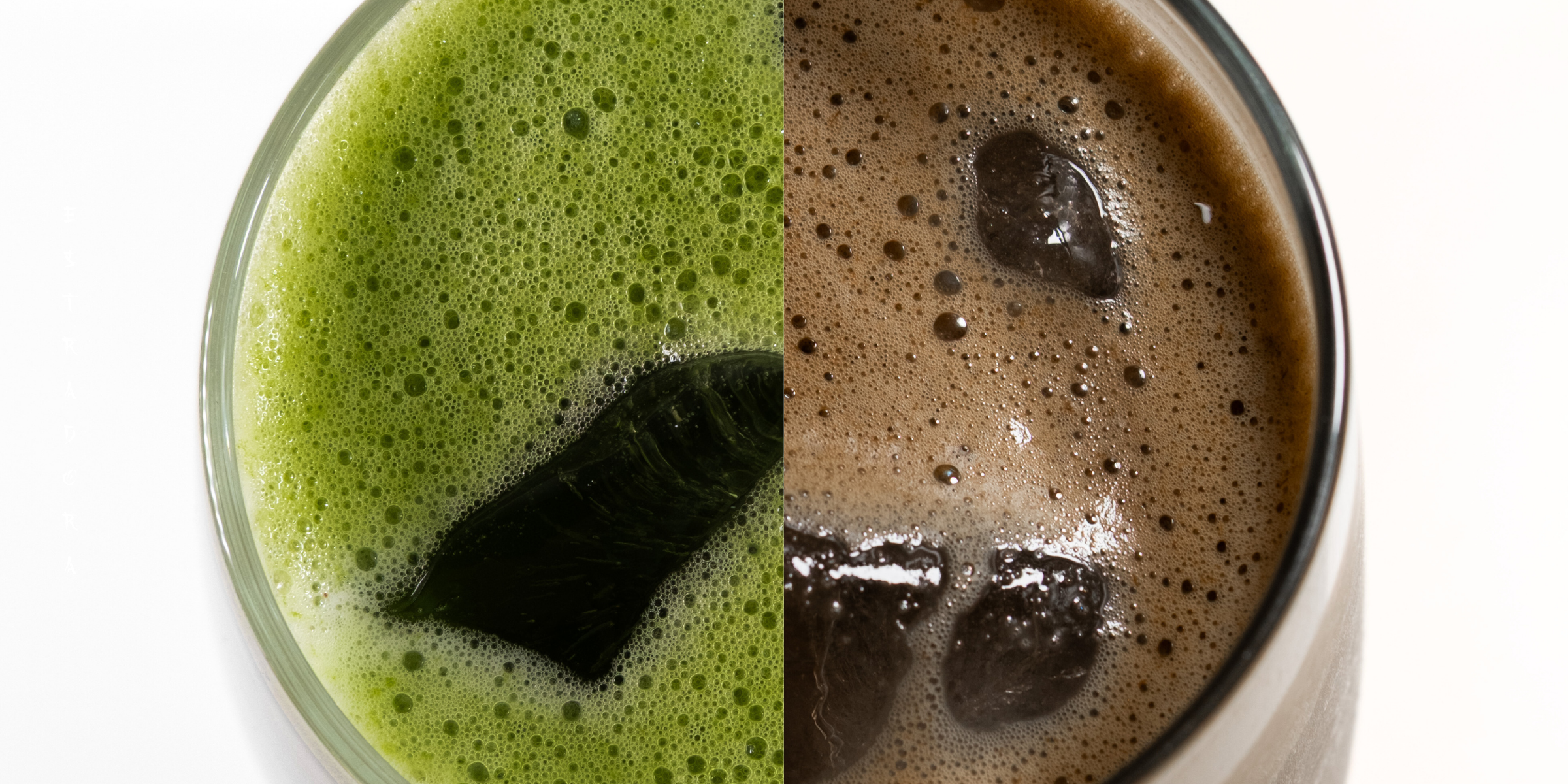
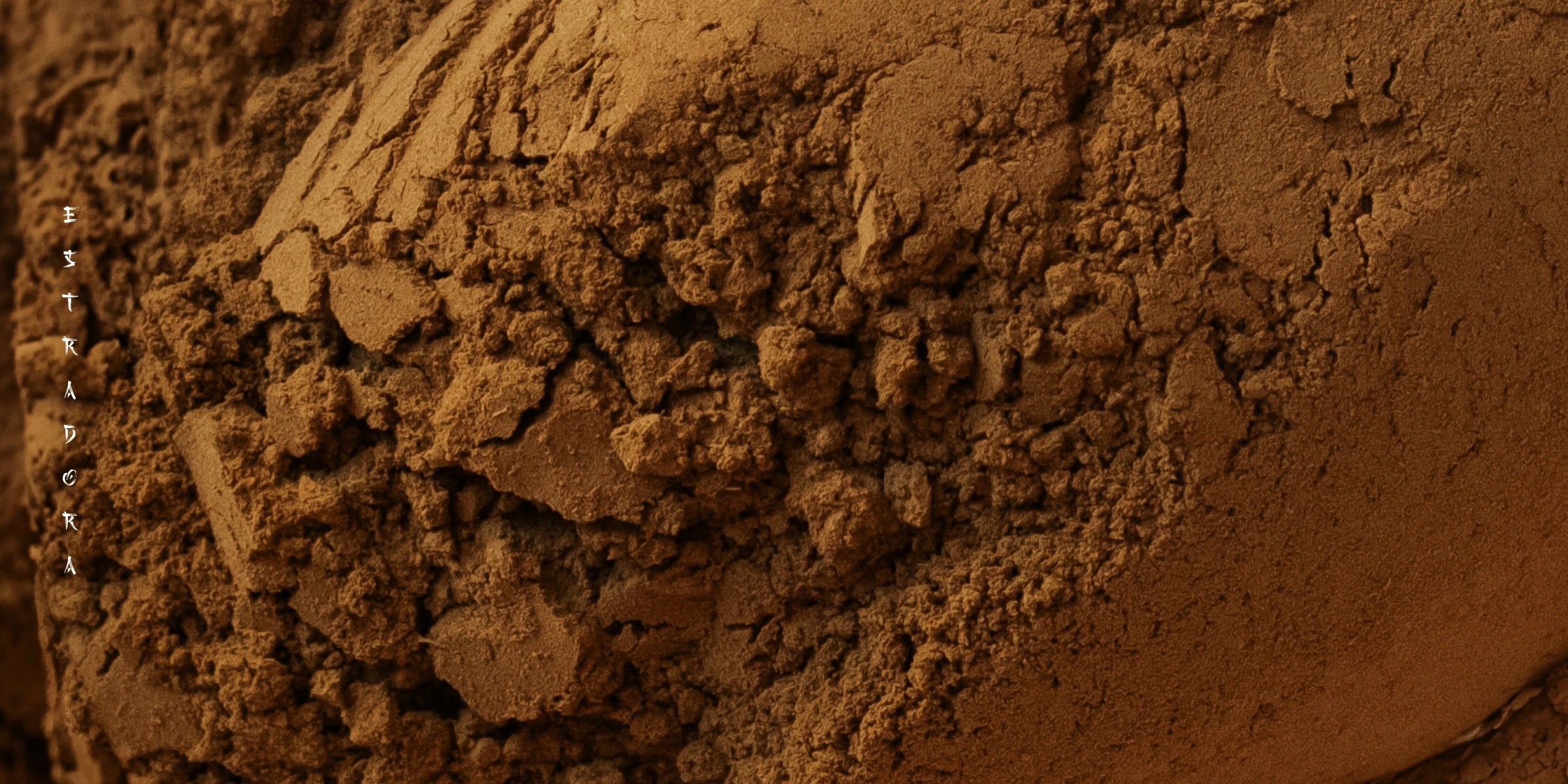
Japanese Black Tea Powder Wakoucha: Recipes & Rituals
Wakoucha (和紅茶) is Japanese black tea, grown and processed with the same care as traditional green teas. It is smooth, naturally sweet, and low in bitterness. In powdered form, Wakoucha is easy to p...
Read more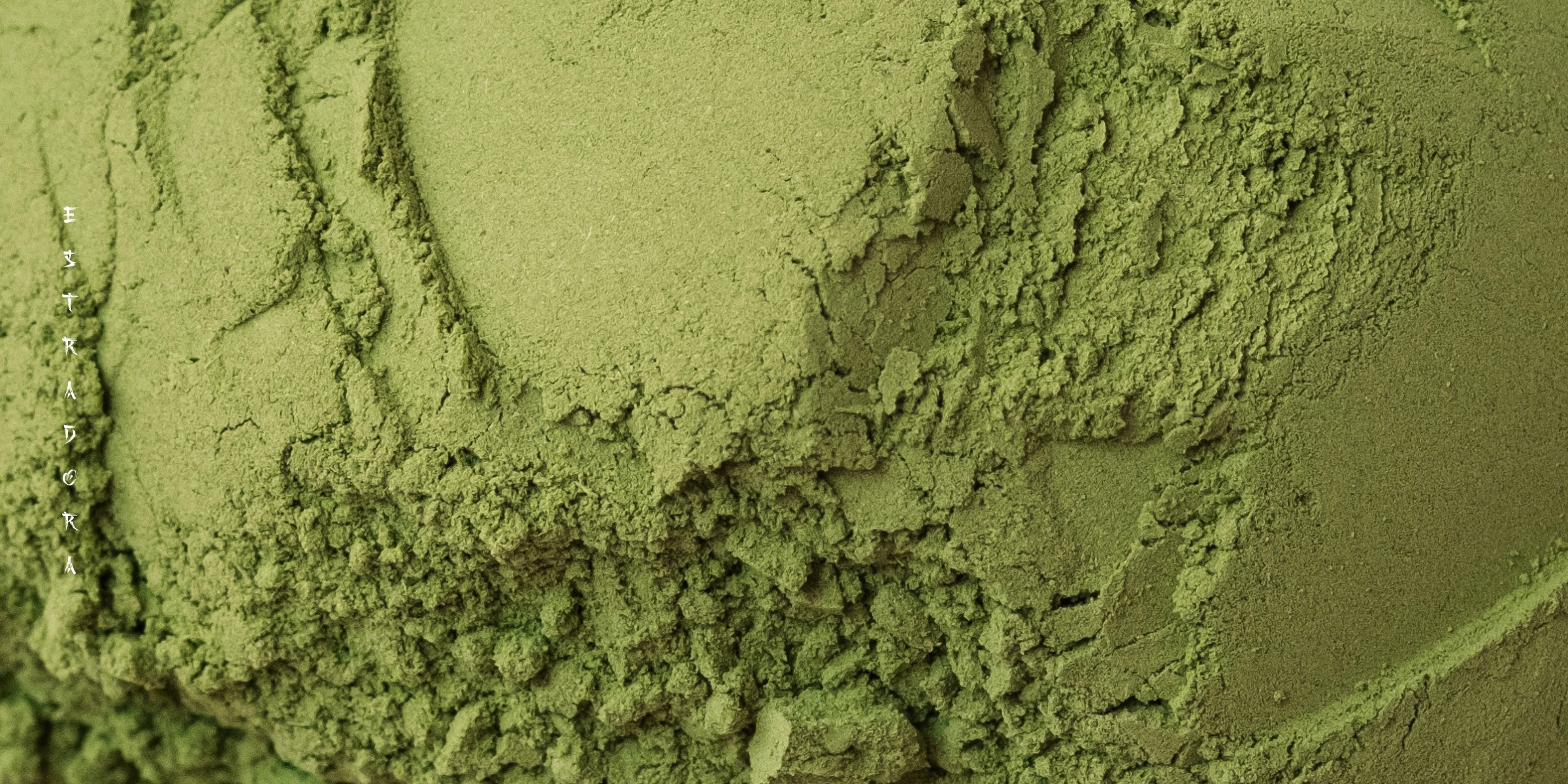
Japanese Genmaicha Tea Powder – Benefits & Recipes
Japanese Genmaicha Tea powder, literally "brown rice tea", Genmaicha is a cherished everyday blend in Japan, uniting carefully grown green tea leaves with roasted brown rice. Originally created to ...
Read more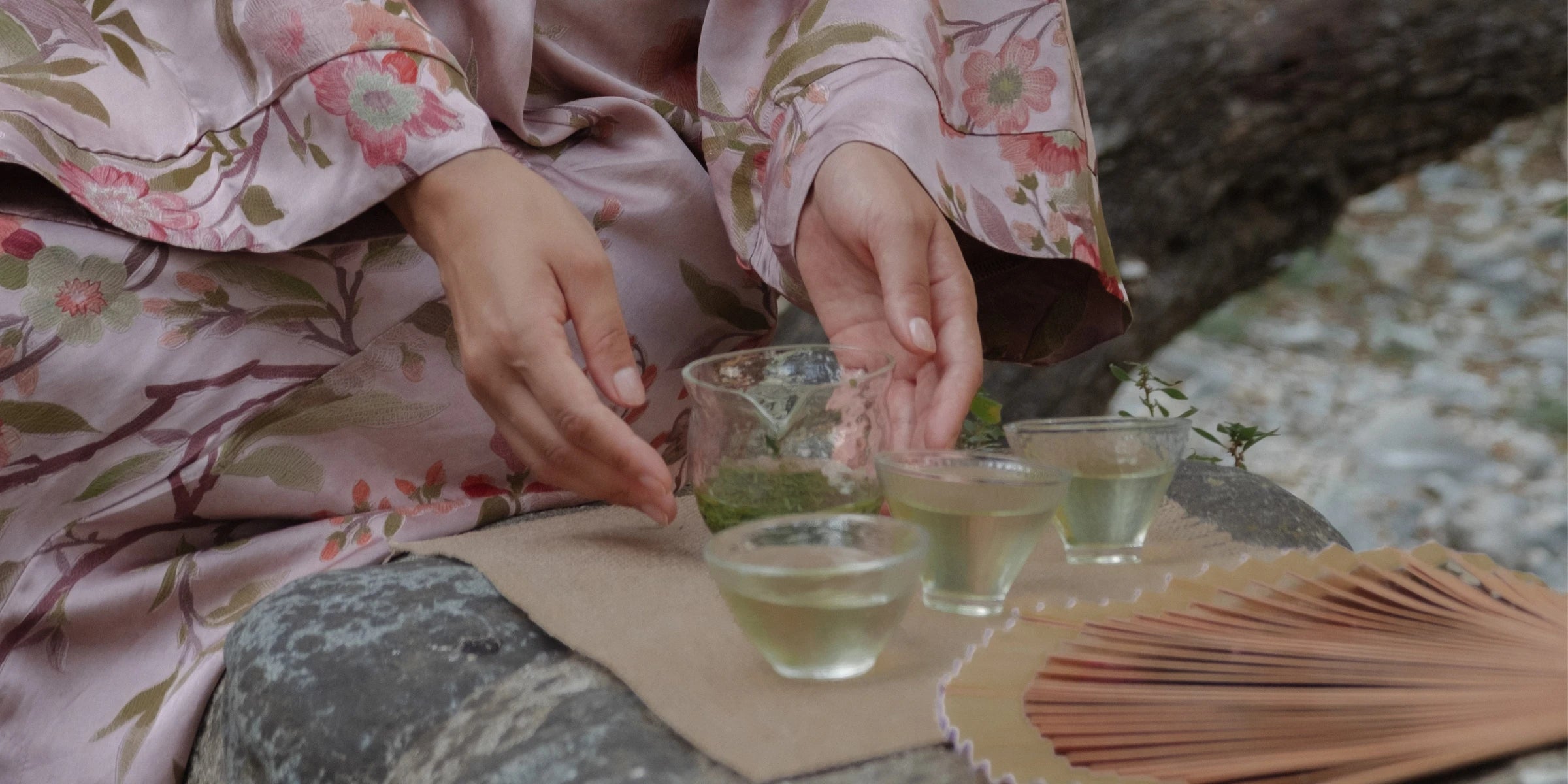
Japanese Green Tea Kukicha: The Stem Tea of Japan
Kukicha is a traditional Japanese green tea crafted from the stems, stalks, and twigs of the Camellia sinensis plant. Unlike leaf-based teas, it is naturally lower in caffeine, resulting in a smoot...
Read more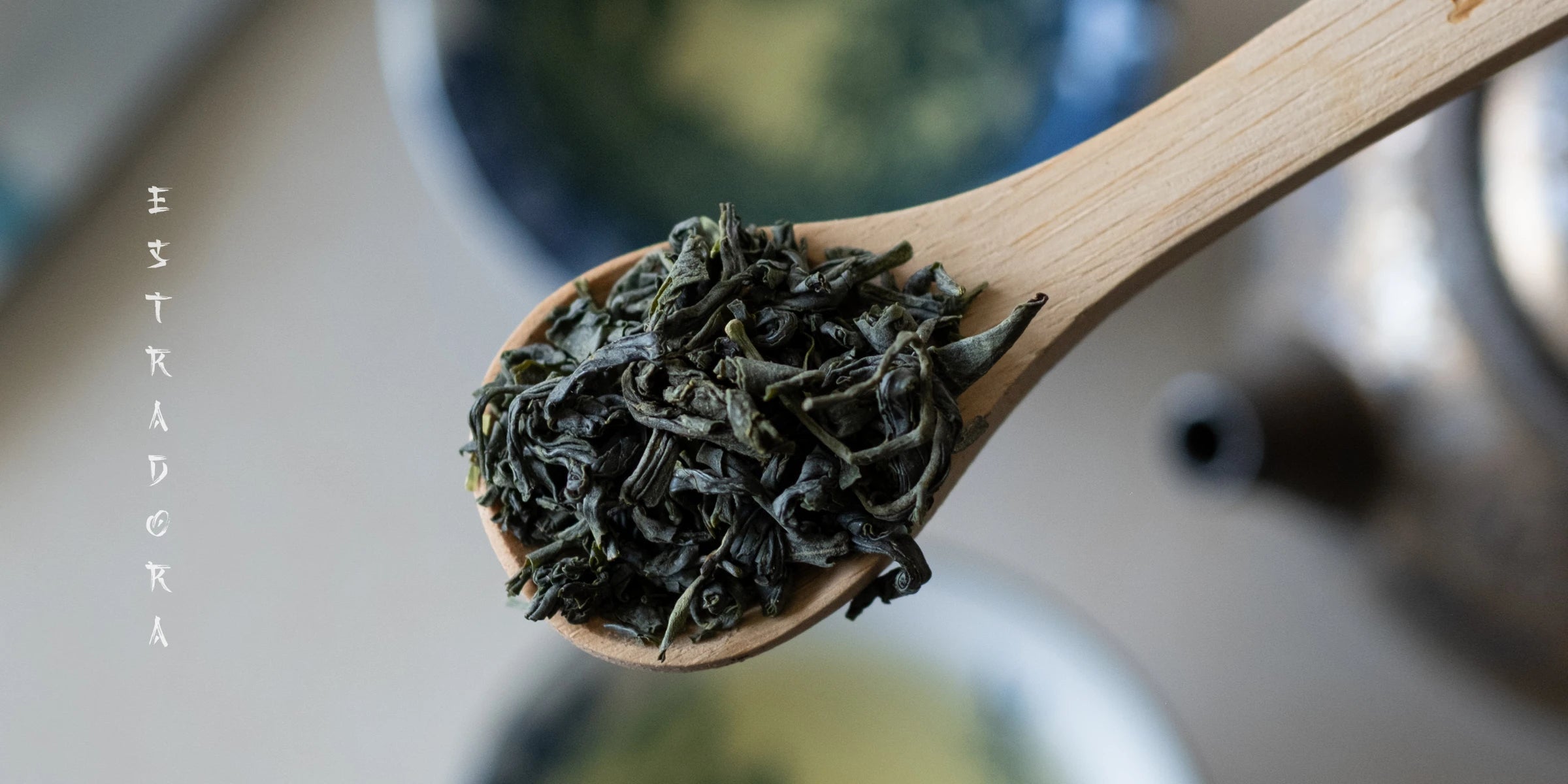
Japanese Oolong Tea: Balanced, Floral, and Deeply Layered
Japanese Oolong Tea is a rare and refined semi-oxidized tea grown in Japan. Unlike green or black tea, it is gently oxidized and roasted, which gives it a smooth body, layered floral notes, and a w...
Read more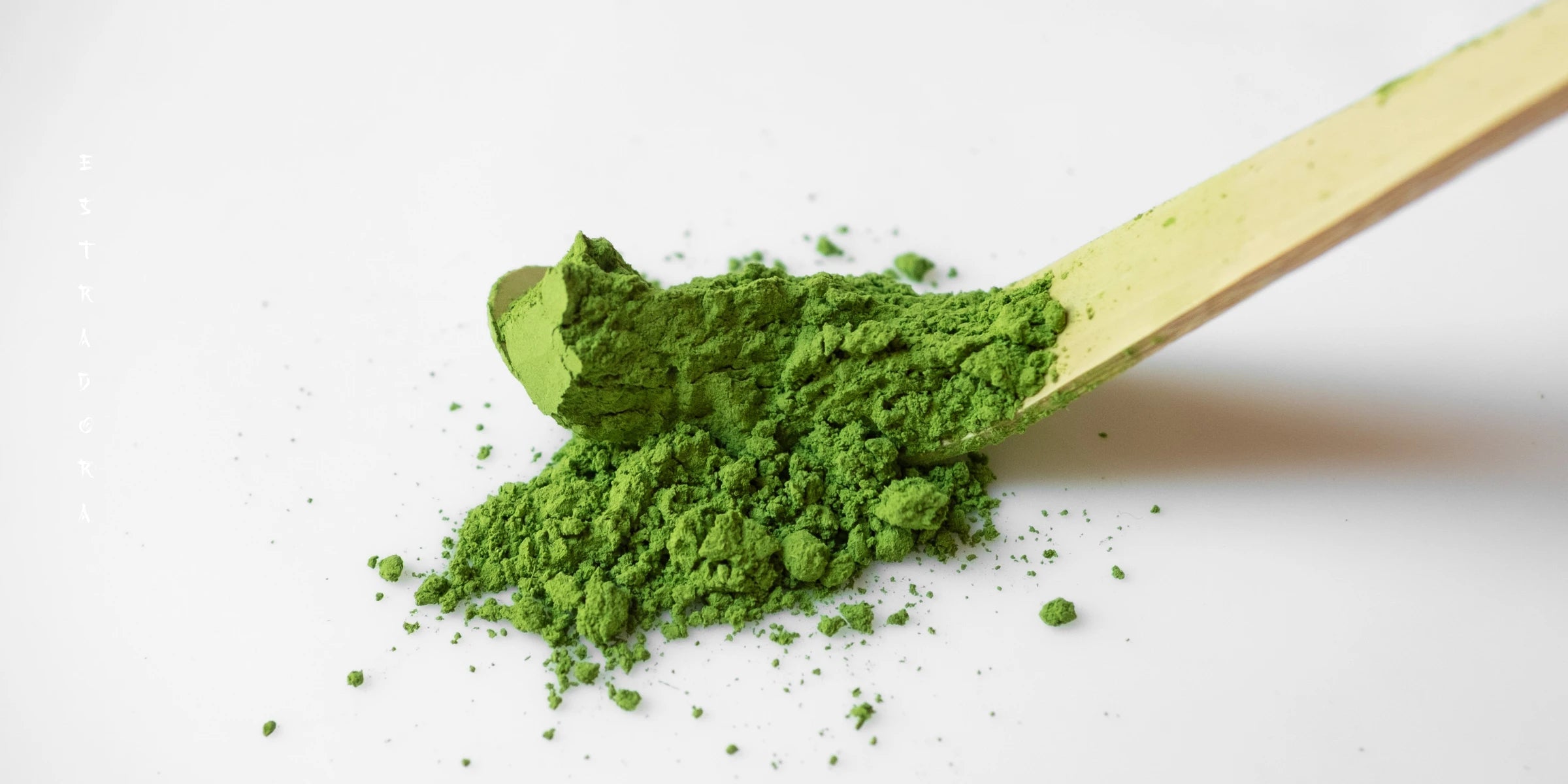
Matcha Tea: What It Is, Benefits, and Recipes
Matcha is a finely ground powder made from shade-grown Japanese green tea leaves. Unlike regular tea, where the leaves are steeped and removed, with matcha you consume the whole leaf in powdered fo...
Read more